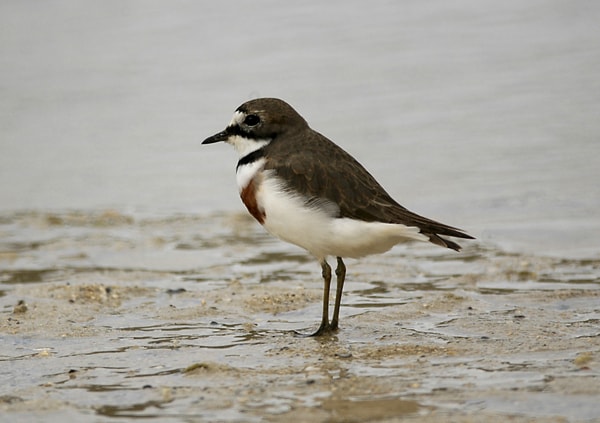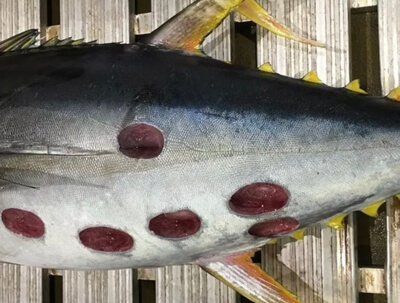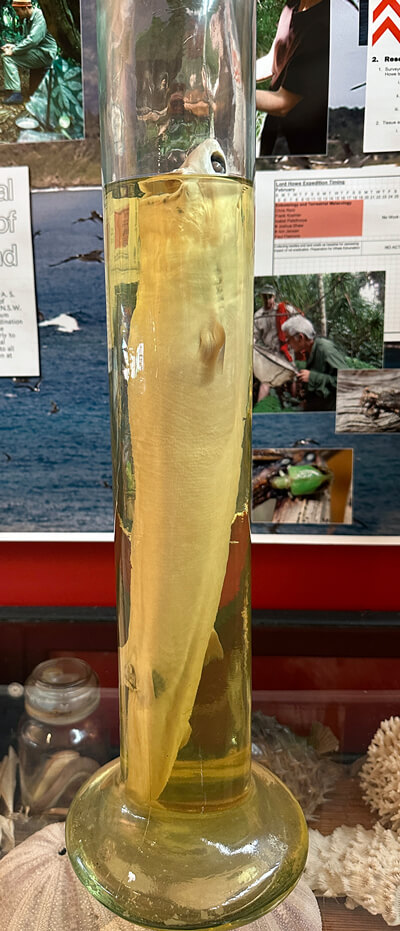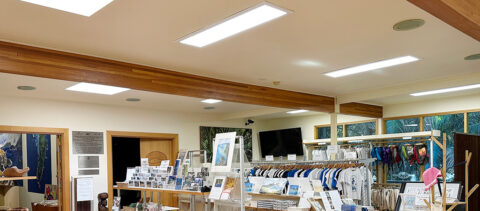The Curator‘s Blog

Here you can find snippets of news, items of interest, recent events and short articles posted by our Curator, Ian Hutton.
Subscribe to this blog and receive up-to-date notifications of new posts.
Visiting summer birds
Arctic shorebirds visit Lord Howe Island
During the summer months, Lord Howe Island is visited by birds from the northern hemisphere, many of which are classified as Arctic shorebirds.
These birds breed in the Arctic regions during the northern summer, when an abundant supply of insects is available to feed their chicks. When winter arrives and food becomes scarce, these birds migrate southward to the southern hemisphere, where they find refuge on continents and islands like Lord Howe Island. They are a delight to observe as they busily feed on the island’s swamps, pastures, and beaches.
Each year, we welcome four regular visitors from the northern regions, which stay on the island from September to March.
Regular Summer Visitors
1. Bar-tailed Godwit
The bar-tailed godwit is a large, mottled grey and brown wader with a long, straight bill, which it uses to probe sandy seashores or swampy paddocks in search of food.
This bird typically inhabits grassy paddocks and sandy shorelines at low tide, often in small groups of 4-5. Its diet consists of worms, crustaceans, larvae, and insects.
Bar-tailed godwits breed in areas ranging from Scandinavia and northern Asia to Alaska.
Remarkably, some godwits that breed in Alaska have been tracked flying nonstop for 11,000 km over eight days and nights directly to New Zealand after the breeding season.
2. Pacific Golden Plover
The Pacific golden plover is a medium-sized bird with mottled brown and golden plumage and a short black bill.
Known for its short, quick steps, which are interspersed with pauses in an upright stance, this bird forages alone or in small groups on pastures and seashores, feeding on insects, mollusks, crustaceans, and plant matter.
The Pacific golden plover breeds in Alaska, Siberia, and northern Canada.
3. Ruddy Turnstone
The ruddy turnstone is a small, squat bird with mottled brown and black upperparts and white underparts. It is the most common of the summer visitors to Lord Howe Island.
These birds are often seen at the airport, turning over bits of mown grass in search of food, or on beaches and seagrass beds at low tide, where they search for worms, crustaceans, and mollusks.
Ruddy turnstones breed in the Arctic Circle, Alaska, northern Canada, Greenland, Scandinavia, and Russia.
4. Whimbrel
The whimbrel is a large summer resident with variegated light and dark brown plumage, which provides excellent camouflage. It is often heard before being seen, as it typically calls out when flying off.
A defining feature of the whimbrel is its long, down-curved bill.
It inhabits remote grassy paddocks and rocky seashores, where it is usually seen alone, feeding on seeds, insects, mollusks, worms, and crustaceans.
The whimbrel breeds in areas above the Arctic Circle.
Other shorebird Visitors
In addition to the four regulars, Lord Howe Island sees smaller numbers of other shorebirds:
Grey-tailed Tattler
Two to six birds are typically seen each year, often feeding at low tide on sandy beaches and seagrass areas such as North Beach, Old Settlement Beach, and several areas south of Johnson’s Beach.
Wandering Tattlers
Four to ten wandering tattlers visit each year. These birds prefer rocky seashores at low tide and can be seen around rocky shores such as Ned’s Beach, Middle Beach, North Reef, and Johnsons Reef, as well as along the seaweed fringes of the island and the Admiralty islets.
Pectoral Sandpipers
One to three of these birds are typically seen in most summers, usually in swampy areas such as Mosley Park Swamp.
Sharp-tailed Sandpipers
Just one to four of these may be seen on the island at any one time over summer, but more frequently in October/November and again in February/March.
Red-necked Stints
The smallest of our visiting shorebirds, red-necked stints are seen in numbers ranging from two to ten over the summer months. They are typically found feeding in the island’s seagrass areas or at Mosley Park Swamp.
Rare and Occasional Visitors
Some shorebird species are seen only briefly,
usually in October or March:
- Red Knot
- Great Knot
- Curlew Sandpiper
- Terek Sandpiper
Additionally, there are rare visitors
that may only appear every few years, including:
- Black-tailed Godwit
- Marsh Sandpiper
- Common Sandpiper
- Common Greenshank
- Sanderling
- Buff-breasted Sandpiper
- Latham’s Snipe
Regular Winter Visitors
One regular winter visitor to Lord Howe Island is the Double-banded Plover, which breeds in New Zealand during the summer months.
These plovers cross the Tasman Sea to Australia for the autumn and winter, and they are usually present on the island from February to August, with 3 to 8 birds typically observed each year.

Very Rare Visitors
Occasionally, very rare birds such as the Sanderling or the Hudsonian Godwit may be spotted on the island.
Sponsorship enables LED lights to be installed
The Museum is nearly 25 years old, and technology has moved on. The original building had the most efficient lighting of its day – fluorescent tubes throughout. In recent years LED replacement lights have become quite mainstream and the museum put a note out seeking a sponsor to replace the aging fluorescent lights with modern LED fittings.
In January 2024 two of our regular visitors and long-term supporters, James and Leonie Furber, offered to sponsor this project. The LED lights were purchased at Port Macquarie and shipped over in March, and have been installed and now are operational.
This not only gives the museum an up-to-date brighter look, but will lower the energy bill for the museum.
Cookie-cutter Shark
One of the unusual exhibits in the Environmental Gallery that gets a lot of questions is a tall glass jar containing a small shark, just 40cm long.
This small shark is called the Cookie-cutter shark (Isitius brasiliensis).
These sharks inhabit warm oceans around the world; however, they live in mid to deep waters and specimens are quite rare. During the day they can descend to a depth of 3.7 kilometres, and they migrate vertically at night to feed near the surface, and then descend to depths again at dawn.
This specimen was washed up on North Beach, here on Lord Howe Island.



The Cookie-cutter shark has an unusual method of attack
They feed with a variety of methods, the most bizarre being to bite large chunks out of the body of marine fish and mammals, usually weak or injured animals. Often fish caught on long lines, where the fish may be dangling for some time, will get Cookie cutter bites.
Their method of attack is to latch onto the under surface of their prey using highly specialised suctorial lips. The bottom of their mouth houses a series of saw-like teeth arranged in an arc. While sucking onto the surface with the upper mouth, they bite into the flesh with the bottom jaw. Then, with a twisting motion, they swivel around and complete a circular plug, that is pulled away, cradled in the scoop-like lower jaw, while held by the hook-like upper teeth. Thus, leaving a plug-like hole in the body of the victim.
The name Cookie Cutter derives from the similarity of the wound to the old-fashioned method of biscuit making using a round tin device to cut out biscuits – leaving circular shapes in the rolled pastry.
Further reading
The cookiecutter shark
Wikipedia
Smalltooth Cookiecutter Shark
Australian Museum website



